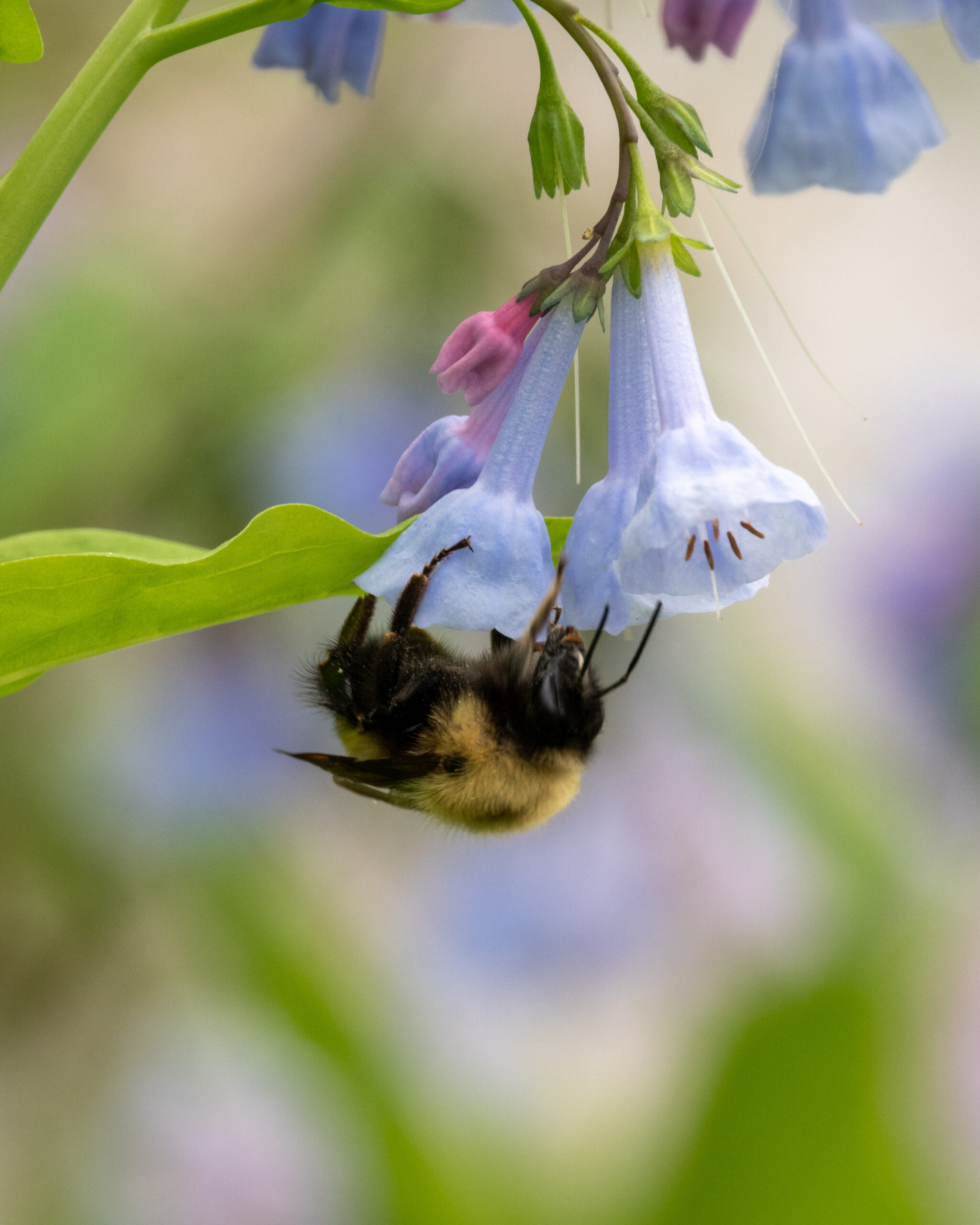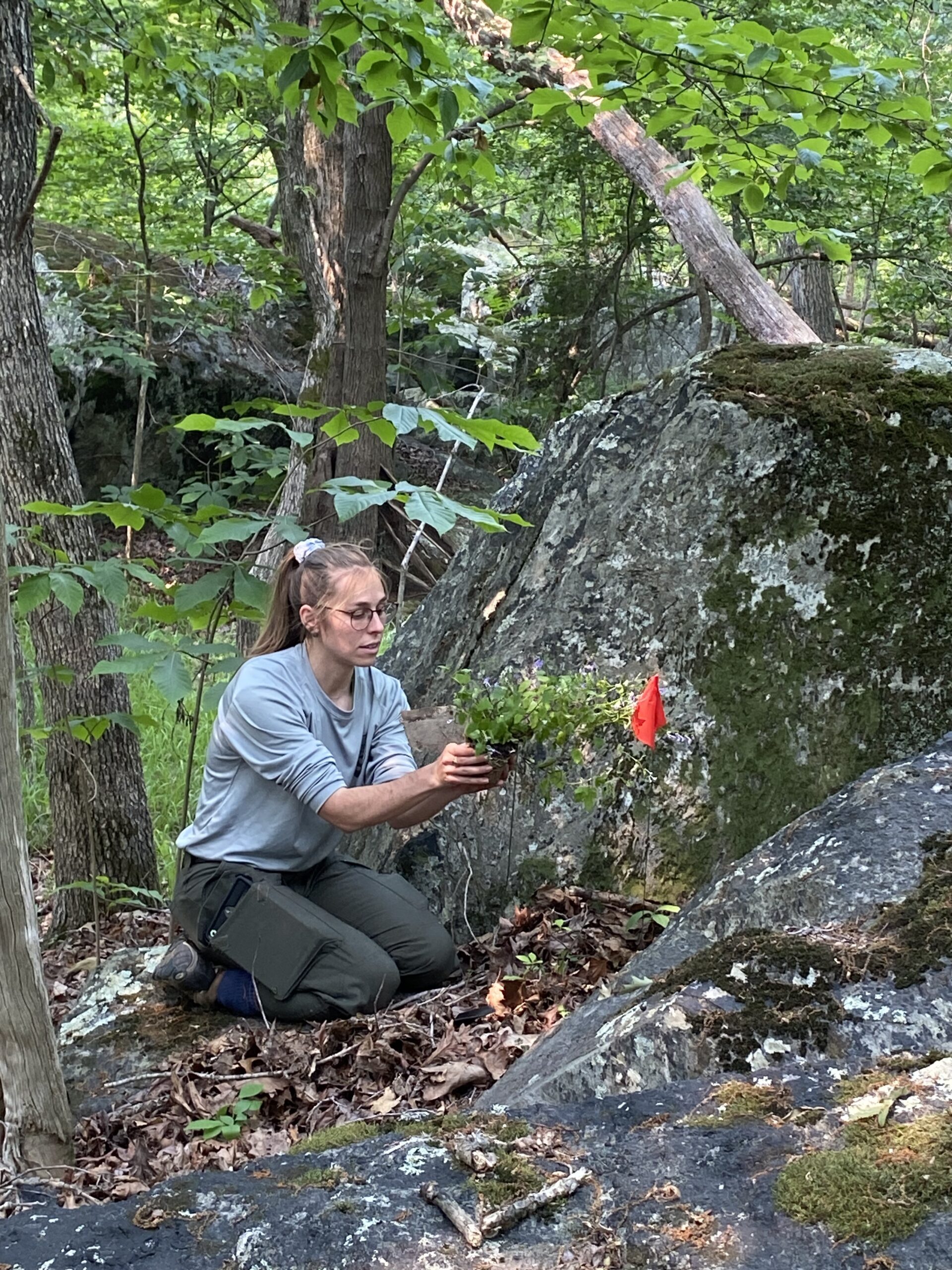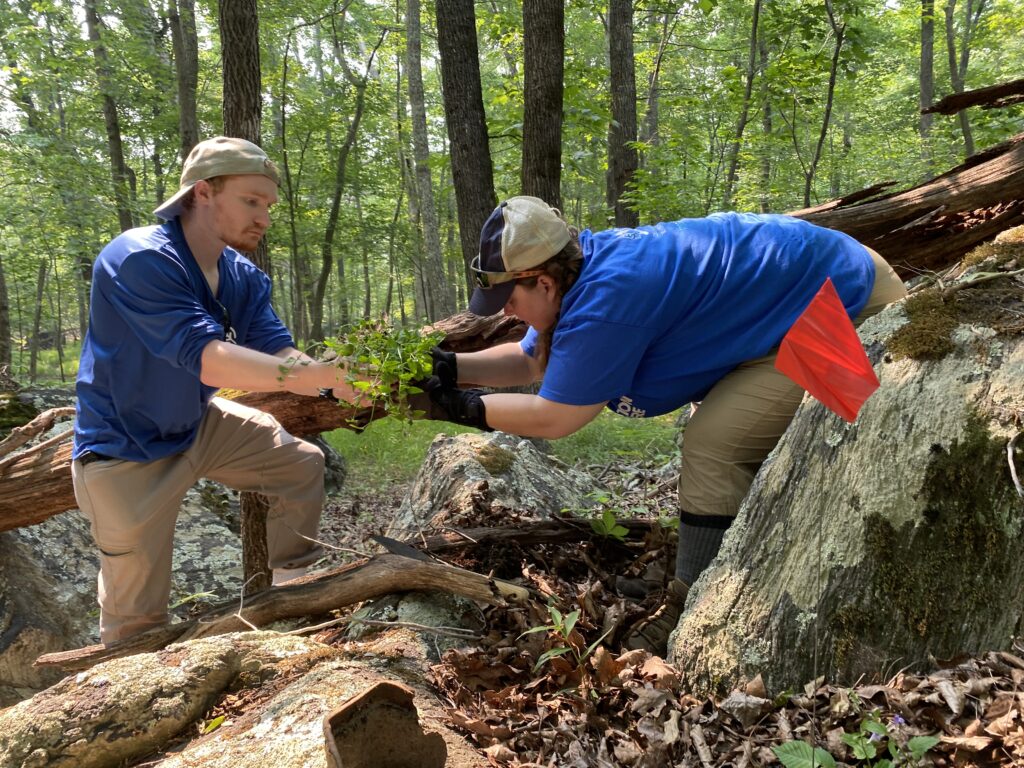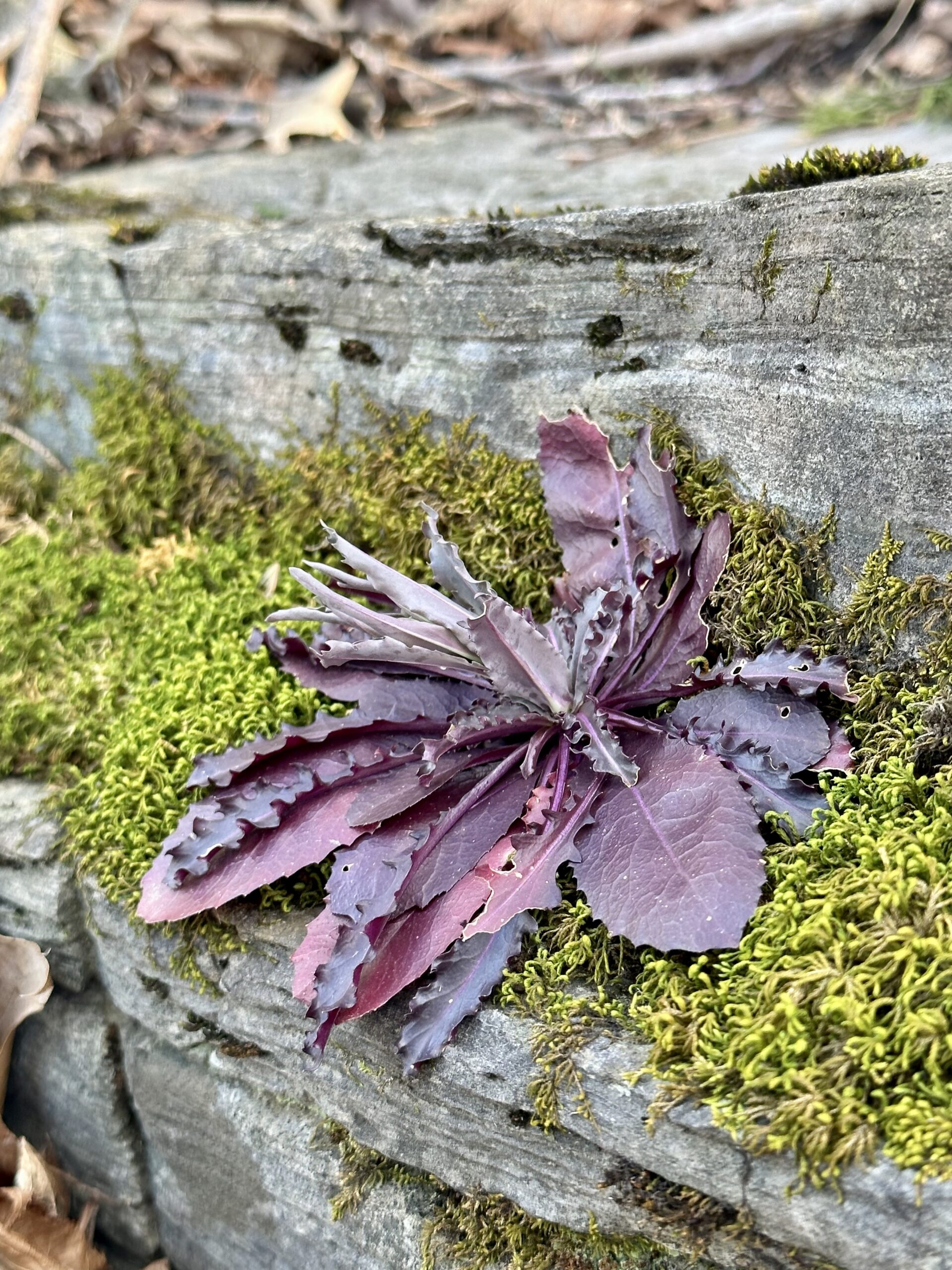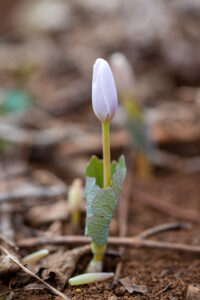
Bloodroot photo by Trust Staff
Native plants are an essential part of the ecosystem in the C&O Canal National Historcal Park (NHP), which is one of the most biologically diverse parks in the National Park system, especially in regard to plant species. The Park has recorded over 1,500 species of vascular plants, including over 260 non-native plant species, and more than 200 rare, threatened, and endangered (RTE) plants. The number of rare plants is one of the highest concentrations of state-listed rare plants in the eastern United States.
The Potomac River creates a mosaic of different natural habitats throughout the C&O Canal NHP. Native plants are the backbone of natural habitats and play a critical role in maintaining the balance of the ecosystem. They have evolved over thousands of years, adapting to the local climate, soil, and other environmental factors.
Here are some reasons why native plants are crucial for our environment:
- Native plants provide habitat and food for wildlife. They are the primary source of food and shelter for a wide range of wildlife species, including birds, insects, mammals, and reptiles. These plants provide essential nutrients and shelter for animals, including food for larvae and insects that pollinate flowers, fruits, and vegetables.
- Native plants support biodiversity. They play a vital role in supporting biodiversity. They provide food and shelter for insects, which, in turn, support other animals and plant species. Native plants also help to prevent soil erosion and maintain the balance of the ecosystem.
- Native plants are adapted to local conditions. They are acclimated to the local climate and soil, which makes them more resilient and better able to withstand drought, floods, and other environmental stresses. This means they require less maintenance and water, making them an excellent choice for homeowners and gardeners.
- Native plants improve soil health. They have deep root systems that help to improve soil health by increasing soil organic matter and reducing erosion. This means that they can help to prevent nutrient runoff and protect water quality.
- Native plants have cultural significance. They have been used for centuries by indigenous communities for medicinal, food, and spiritual purposes. By preserving native plant species, we can help to protect and celebrate cultural heritage.
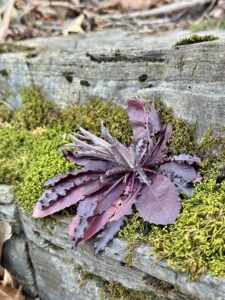
Rockcress Photo by Trust Staff
Native plants are an essential component of our natural environment. They play a vital role in maintaining the balance of the ecosystem in the C&O Canal NHP, at our homes, in our communities, and beyond. By promoting the use of native plants in landscaping and gardening, we can help to protect and preserve our natural environment for future generations.
